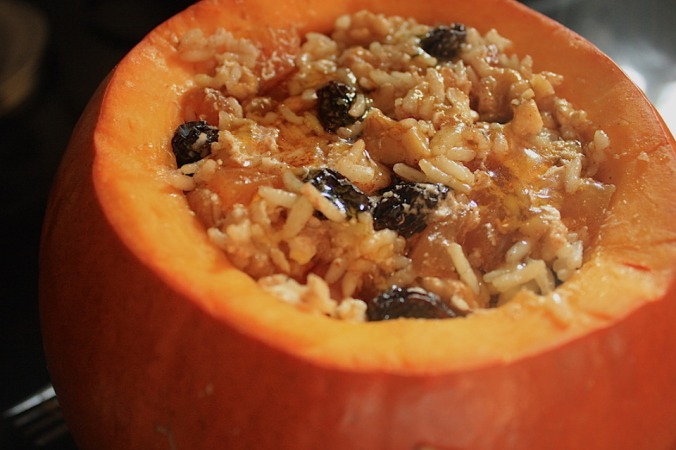The Japanese culture is a multi-layered and complex system that has been developing within itself and forming new layers for thousands of years. When Westerners think of Japanese culture, perhaps one of the first images that spring to mind is one of an ancient Samurai warrior wielding his heavy sword, or perhaps they picture a young Geisha, pouring tea and serving sushi. While these elements do play some role in the entire concept of Japan as a whole, the entire meaning and history of the nation is larger than thatThis is a brief introduction to some concepts that would help define the role of public relations as practiced in Japan. Although the Japanese like to think of themselves as atune to nature, much of urban Japan is an industrialized, built-up mess. This is the result of ad hoc redevelopment after the war. In Japan, there is a word, omote, which refers to the public, formal, and conventional aspects of behavior. This can refer to ingrained patterns of behavior, such as how close to one another people stand, or who shakes whose hand first at a meeting. It also can allude to behavior in business affairs and events in a business setting. Ura, which is more valued, refers to the private, informal, and unconventional aspects of culture.Japanese people see this mode of behavior as more valuable and meaningful, however, one only acts this way with close friends or family members.The Japanese value outside appearances very much. This is not to say that they do not value what is private and hidden, but much importance is placed on one’s presentation and appearance.
To demonstrate this point, the Japanese businessman is compared to a Samurai warrior or kamikaze pilot in «The Idea of Japan,» «The Japanese know that you never come to a negotiation showing your true nature. To deal effectively with you, they must find this out…It’s a game of masks at which the Japanese are adept.» The book goes on to cite Japan’s defeat in World War II as an open wound, and the Japanese are looking to reassert themselves through their new economic power.
Social ranking and status play a part in many major institutions that one goes through in a lifetime. In Japan, everyone is aware of everyone else’s age. In some companies, newsletters that display the ages of employees are produced for internal distribution. Vertical ranking, based mainly on age, determines everything from the location of desks in a classroom to the order in which cups of tea are distributed. These rankings are even pervasive in the language, which has different ways of addressing others in regard to their age, whether older or younger.



